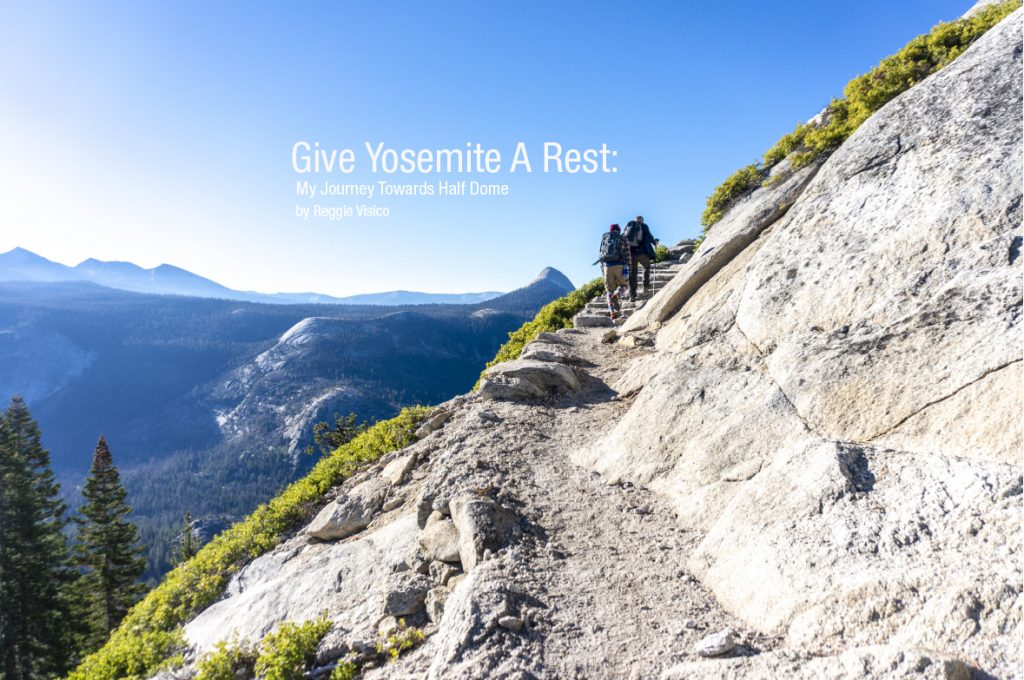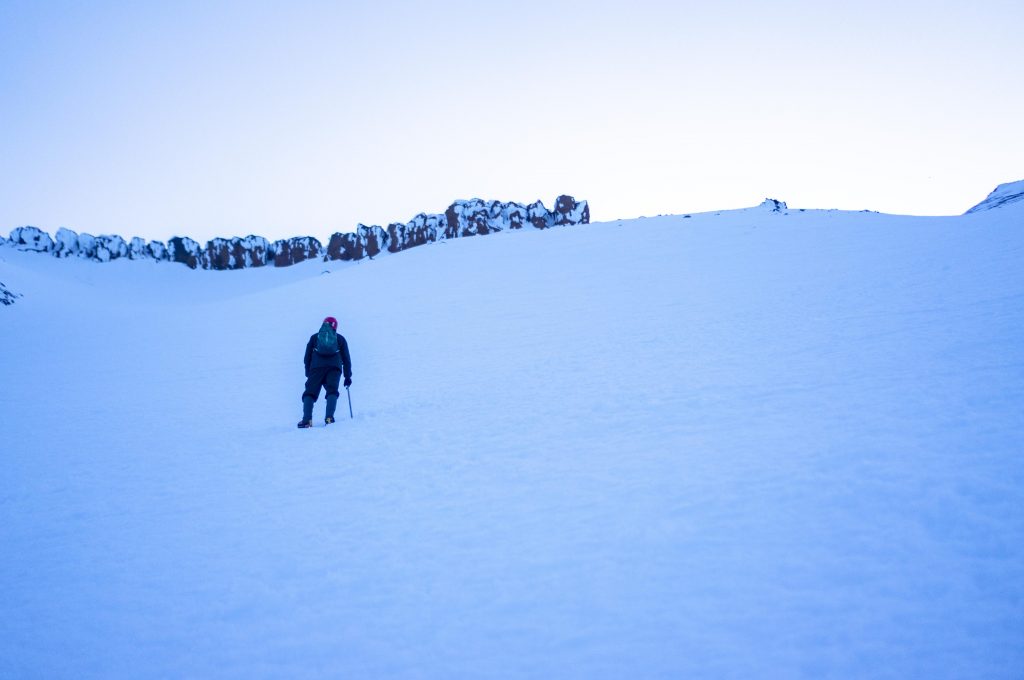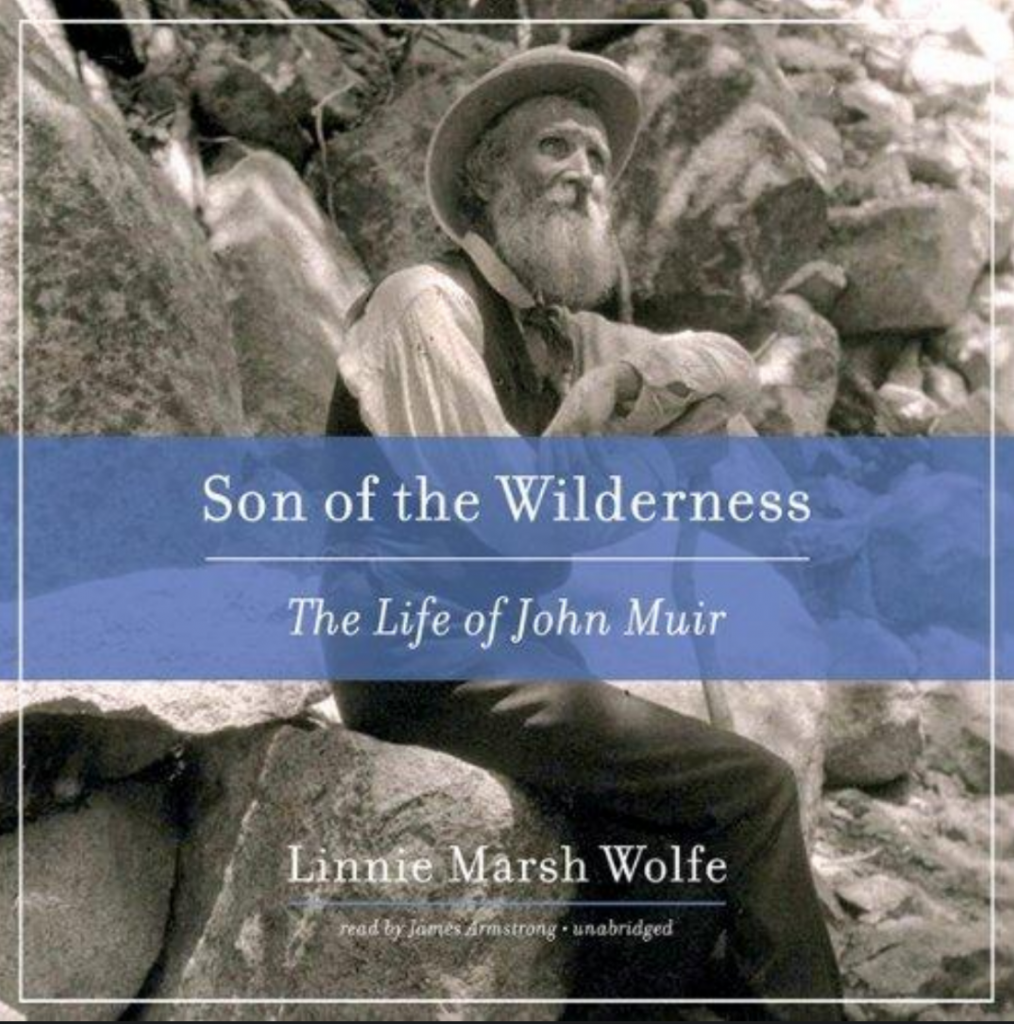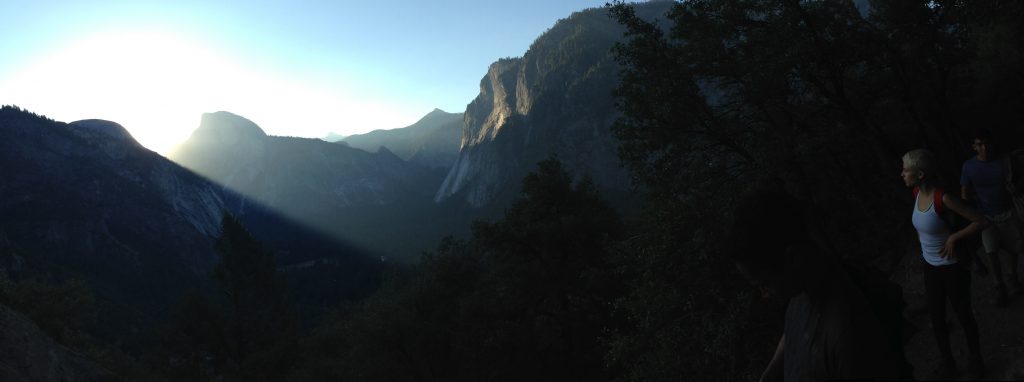
I find it funny how my big mountain backpacking trips always seem to start—and sometimes end. Back in October 2012, a buddy of mine invited me to attempt summiting Mt. Langley, a 14,000-foot mountain. It was a defining moment in my backpacking journey, and the trip was fun and memorable. However, we didn’t make it to the summit—we were 3,000 feet short. At the time, I couldn’t quite process the feeling that failure left me with.
Then, around May the following year, the same friend invited me to give Mt. Whitney a shot. The result was similar. We made it to base camp, but once again, we were 3,000 feet short of the summit. That second failure hit differently—it started to sink in, leaving me with a mix of frustration and determination.
Fast forward a couple of years, and it was finally my turn to organize a backpacking trip. This time, I set my sights on something extraordinary: a majestic volcano. I wanted to experience mountaineering-style backpacking and challenge myself on a whole new level. Mount Shasta had been on my mind for years, ever since those early backpacking attempts. I dreamed of tackling it but never imagined I’d actually assemble a team for such a trek.
Dreams do come true when you put your heart into them. I was both surprised and grateful to find friends willing to accept this dangerous challenge. Their commitment not only shocked me but also gave me peace of mind—it was comforting to have companions while venturing into unknown terrain.
This journey became more than just a climb; it was an opportunity to reattempt big mountains and finally succeed.
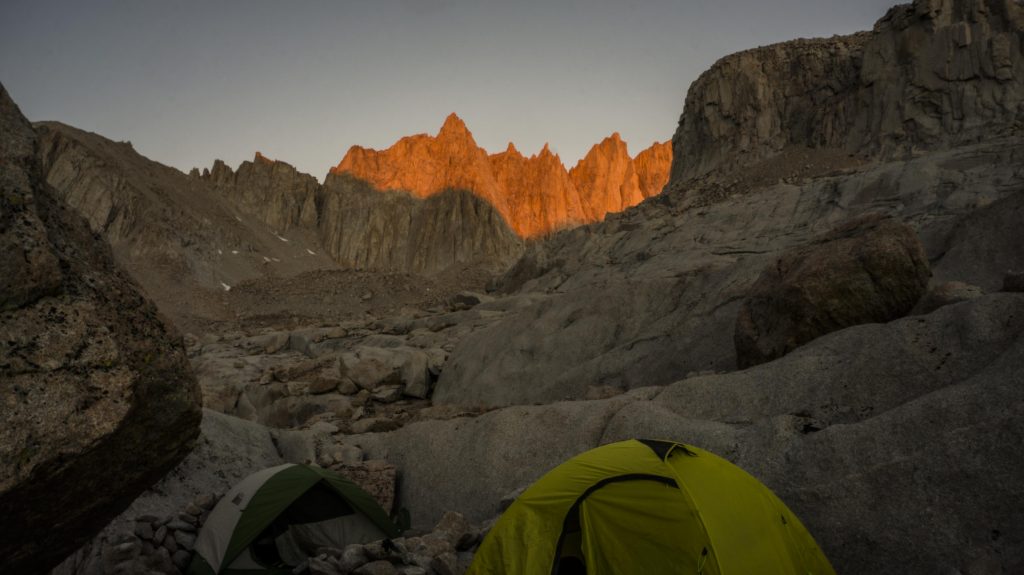
Remember how I mentioned that feeling I couldn’t quite grasp after failing my first summit? Well, that feeling was definitely failure. It was unfamiliar because I’d never experienced failure in something like this before. I felt the same way after failing Whitney, and I knew I couldn’t let that feeling simmer inside me for years. I had to step up and find out what it truly felt like to summit a big mountain.
In October 2014, I made the bold decision to summit Mount Langley in a single day. I saw it as a test of my potential as a climber. However, I quickly learned the hard way that attempting something like this in one day strips away much of the joy in climbing. I reached the peak of Mount Langley with a whirlwind of emotions. While I felt accomplished, I was also overwhelmed. Completing the climb in just 14 hours was excruciating, and by the time I returned to my car, it felt more like finishing a grueling task than embarking on a meaningful journey.
Even so, I was deeply grateful to have finally succeeded in summiting a big mountain, putting to rest the nagging feeling of failure that had lingered for years. It was a turning point for me, pushing me to move forward and conquer Mount Whitney. After all, why not attempt the tallest peak in the contiguous 48 states?
My failed first attempt at Whitney had been frustrating, and this time, I was determined not to fail. Fortunately, I had friends who were up for the challenge, and by October 2016, we were preparing for the climb. We started learning about backpacking gear together, experimenting and sharing knowledge about what worked best for the journey. At first, we were absolute novices, but over time, our understanding grew.
The actual climb of Whitney turned out to be a challenge in itself. Stubbornness and the lack of oxygen tested us, but we managed to summit after camping overnight—though at a risky cost. One friend struggled significantly but persevered, completing the climb despite the difficulties. What was planned as a 16-hour trek (excluding sleep) turned into a 21-hour ordeal. We descended in complete darkness, not reaching the car until 2 a.m.
When I stood at Whitney’s peak, I felt satisfied but couldn’t fully absorb the accomplishment. The stress and fear of the climb overshadowed the joy of the moment. Nevertheless, a summit is a summit, and I was happy to have conquered another big mountain, even if the experience was far from ideal.
So why stop there?
Two big mountains in a row brought me to my next challenge: Mount Shasta. By then, we had become much more knowledgeable about gear, but Shasta posed a new level of difficulty. The trek would take us through snow, making it essential to adapt our equipment and skills to the conditions.
The year 2017 had been a strong snow year, and by May, Shasta was forecasted to have a substantial snowpack. I was both nervous and excited. The thought of tackling new terrain fueled my adrenaline, and I was thrilled at the prospect of completing my third big mountain in a row.
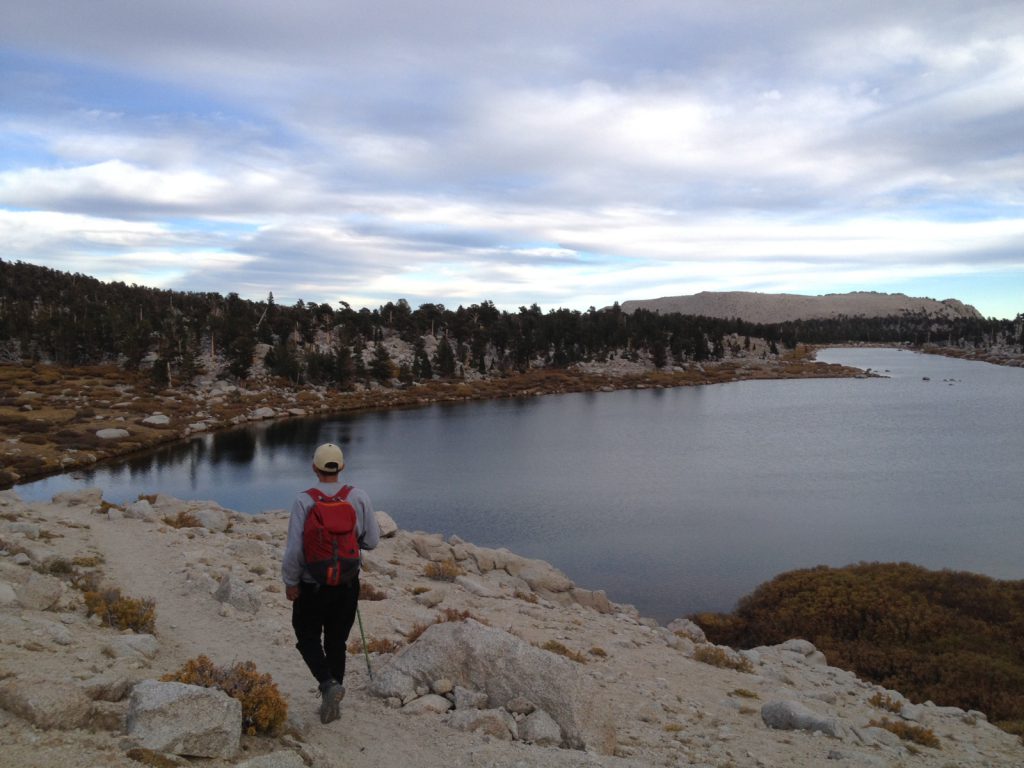
To me, this had to be done. I had a goal in mind: I wanted to complete this climb and dedicate it to my grandma, Rose Dyer, who had recently passed away. I knew this mountain would hold special meaning.
After months of preparation, the time had finally come. Mount Shasta took six months to plan, and once four of my friends accepted the challenge, it was time to cram all of us, along with our gear, into my tiny station wagon. The plan was simple: drive eight hours from Delano to Shasta, leaving at 3 a.m. to arrive by 10 a.m. Upon arrival, we’d hike six miles to base camp, spend the night, and summit the next morning. Afterward, we’d drive four hours to Sacramento to stay at a friend’s house before heading home the following day. A three-and-a-half-day journey—it seemed straightforward. But as with all my first attempts at big mountains, it was easier said than done.
What ultimately unfolded was a mix of excitement, challenges, and self-inflicted disappointment. The plan we were so excited about didn’t go as expected.
The drive to Shasta was grueling. I had five people, including myself, packed like sardines in my small station wagon. We played Tetris with our gear, cramming most of it into the cargo space—blocking my rear view—and fitting the rest into a roof bin. My already low car sagged even further under the weight. The journey began at 3 a.m., but the cramped space and lack of sleep made the eight-hour drive feel unbearable. By the time we arrived, it was already 12 p.m., two hours later than planned.
We didn’t start hiking until 1 p.m., and after the long, uncomfortable drive, I didn’t want to move at all. But time was ticking, and we had no choice but to press on. Sleep deprivation hit me hard—I’d tossed and turned the night before, too excited to sleep—and I felt like I was in a dream as we began trekking through unmarked snow trails. Ahead of us loomed Mount Shasta, with trees framing its base in the foreground.
The six-mile hike to base camp was far more exhausting than anticipated. Starting late meant the sun was high, turning the snow into a slushy mess. If you’ve never hiked through slush, imagine carrying the weight of your body and gear while sinking knee-deep into wet snow—it’s like wading through a swamp. The effort drained us, and we quickly fell behind schedule, forcing us to set up camp a few miles short of the intended base camp.
That night was another nightmare. I had brought a 50-degree-rated sleeping bag and a thin pad, unaware that sleeping on snow effectively drops the temperature by at least 20 degrees. The blistering cold kept me tossing and turning all night. I was terrified of hypothermia and barely made it to morning, having now gone two nights without sleep.
The next day, we prepared to summit, but our group quickly started falling apart. One friend decided not to continue, overwhelmed by the cold and perhaps nervous about the climb ahead. A few miles into the ascent, another member dropped out due to severe cramping. That left three of us to tackle the most challenging section: Avalanche Gulch.
As we climbed the steepest part of Shasta near the Red Banks, the brutal reality of our unpreparedness set in. The snow was turning dangerously slushy, sunset was approaching, and our food and water supplies were nearly depleted. One more team member was ready to give up, leaving just two of us to push forward.
At that moment, all I could think about was my late grandma and the promise I had made to her. The fiery determination to honor her memory kept me going. I told the group, “Let me see how much we have left at the top of this hill.” With every ounce of strength and resolve, I climbed that steep hill, feeling the burn in my legs and the weight of my promise.
When I reached the top, I was greeted by three distant peaks and complete isolation. Tears filled my eyes as I realized the summit was still far away. I was lost—emotionally and physically—and I knew that continuing could be dangerous. I weighed the risks and, with a heavy heart, decided to turn back.
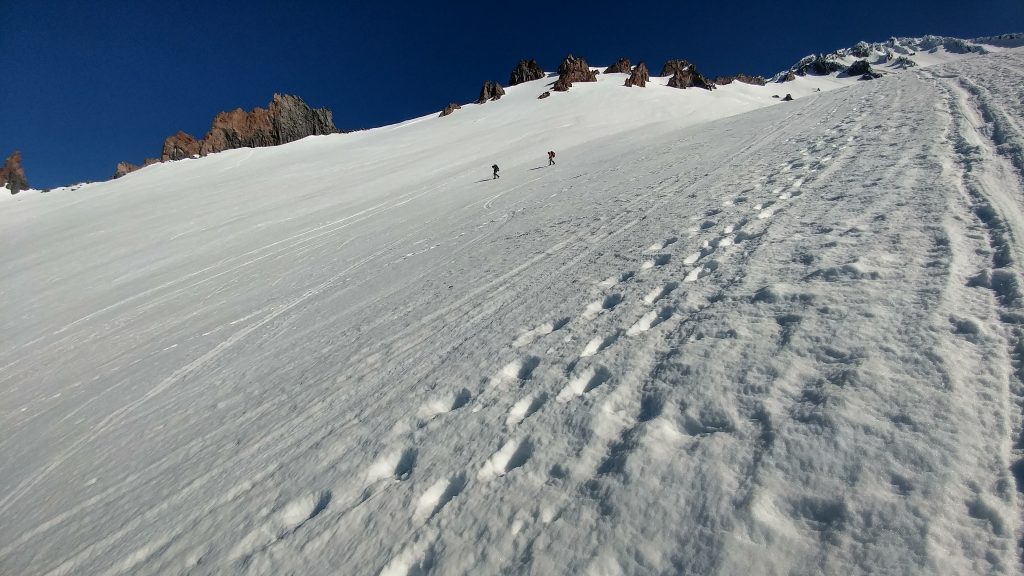
By that point, I had come to understand the feeling of failure that had eluded me at the beginning of my backpacking journey on Mount Langley. Driving home from Shasta, I felt lost—a very big part of me had been left behind on that mountain. The climb had been excruciating, and I couldn’t fathom planning another trip to Shasta to endure its brutal ascent again. Of the three big mountains I’d climbed, Shasta was by far the most painful. Strangely, it was the shortest in distance, but as the saying goes, “the shorter it is, the steeper the climb.”
I had been on a roll, summiting mountains one after the other, but failing again at Shasta broke something inside me. It made me question whether climbing was truly for me. I began reflecting not only on this failure but on all the others in my life—being fired from a job, failing in college, and struggling through broken relationships. Yet, even in those moments, I believed in second chances.
Failure doesn’t define us—it’s the lack of a chance to redeem ourselves that steals our spirit. How would I have known what the top of Mount Langley looked like if I hadn’t hung on to the edge and pulled myself up? That first summit had taught me that when given the opportunity, we discover what we’re truly made of.
A year later, I decided to find out who I really was. I returned to Shasta with my friend Adrian. This time, everything was different. We were determined. Our drive and motivation had been burning for an entire year. Unlike before, we approached this climb with better planning and preparation. I don’t believe in giving up after one try. If you fail, you try again—and again—until you succeed.
We learned from the mistakes of the past. This time, we ensured we’d get proper sleep before the hike. We invested in the right gear and carried a better understanding of what we were capable of. Fast forward to the climb, and there we were again.
As we ascended Shasta, I found myself face to face with Misery Hill—the same hill where I had turned back the year before. Adrian was with me, step for step. Things were going well until the wind started to pick up. It grew stronger and stronger until it was knocking me to the ground. Later, I’d learn that the wind was gusting at around 100 mph.
At the top of Misery Hill, the windstorm intensified, and we saw signs of an approaching storm. My adrenaline surged, but fear began to creep in. Adrian and I fell to the snowy ground, looking at each other, unable to hear a word over the roaring wind. I gestured in the opposite direction, silently asking, “Do you want to turn back?” He glanced forward, then back at me, and nodded.
It was almost laughable. We were ready to turn back at the exact spot where I had given up the year before. But then, something unspoken passed between us. We stood up, looked at the three peaks ahead—the same ones I had seen last year—and without saying a word, we pressed on.
I can’t fully explain it. Maybe it was a shared determination, or maybe the altitude was playing tricks on us, but in my mind, I thought, If I’m going to fail, I’ll fail trying. Reckless as it was, I couldn’t bear to give up at the same point twice.
We continued climbing, pushing through exhaustion, fear, and the biting cold. As we neared the middle of the three peaks, we spotted what looked like the summit. Unsure but hopeful, we decided to go for it. The mountain was eerily quiet; we had Shasta all to ourselves.
Taking a final break before the summit, I looked up at the snowy ridge ahead. Reaching into my bag, I pulled out my Mount Whitney permit, which I kept as a memento. As I zipped the bag shut, a sudden gust of wind tore the permit from my pack, sending it flying. Adrian and I looked at each other and laughed. It felt like the mountain was saying, Now this is a real adventure, isn’t it?
At that point, I felt like I was on the edge of survival. The windstorm battered us, the cold bit through our gear, and I could feel exhaustion and fear taking their toll. My emotions were running wild—I could hear my own thoughts screaming, though the howling wind drowned them out. Shasta was no joke, and I felt like I was teetering on the brink of my limits.
What kept me going was the thought of Mount Everest climbers. I imagined their struggles and told myself, This is my little moment to experience what they endure.
Finally, we made our move toward the summit. Adrian charged ahead, fighting the icy path and relentless winds. I watched him slip, fall, and get back up, shouting in defiance with what little energy he had left. I followed, my pace slowing as I reflected on why I was there.
This climb wasn’t just for my grandma anymore. A few months earlier, I had lost my grandpa David Visico, who had raised me during much of my childhood. The pain of losing him weighed heavily on my heart as I inched closer to the summit. I carried both of them with me—my grandma and grandpa—every step of the way.
When I finally reached the top, Adrian was sitting there, tears of joy streaming down his face. He motioned for me to join him, and I took those last few steps. There it was—at long last—the summit.
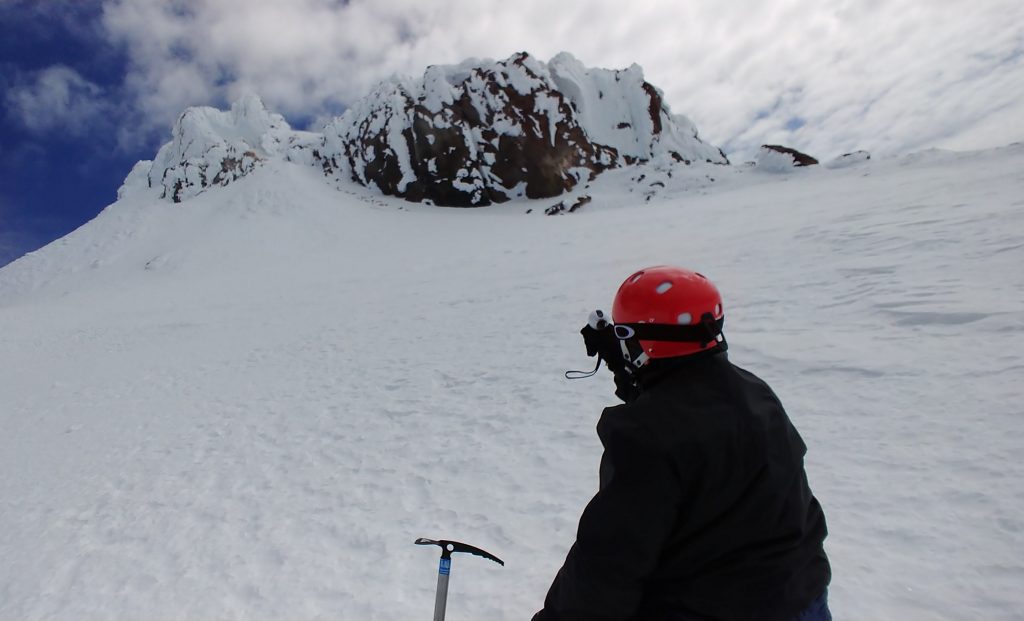
As I walked toward the summit, the wind began to calm dramatically, and the clouds parted around us as the sun broke through. In that moment, near silence enveloped the peak. I was overwhelmed, almost as if I were having an out-of-body experience. Reflecting on it now, I remember Adrian describing it as “that little piece of Heaven after going through Hell.”
When I finally reached the summit, Adrian ran to the far end of the peak’s trail and yelled triumphantly into the open air. I, on the other hand, stood in disbelief. Something powerful was stirring inside me. Slowly, I walked over to the summit’s signing station, where climbers leave their mark.
With a deep breath, I signed my name, dedicating the climb to my Grandma Rose and my Grandpa David. As I finished writing, a wave of emotion washed over me. It felt as though time slowed down, and everything around me froze. After a year of longing and preparation, I had done it—for them.
I sat down, letting it all sink in. Adrian stood nearby, perched on the edge of the peak, absorbing every ounce of the experience with a wide grin on his face. He looked like he was savoring every breath of mountain air. Meanwhile, I found a quiet corner away from him, placed my hands over my eyes, and let the overwhelming emotions pour out.
I cried deeply, thinking about my grandparents. Every tear felt like a release, carrying the weight of their memory and the grief of their passing. I let it all flow freely, feeling as though the pain inside me was being carried away by the winds of nature. It wasn’t just sadness—I felt the joy of honoring them and triumphing over this mountain.
The emotional release was so profound it became physical, transforming into tears of joy. All the failures and disappointments of my life seemed to vanish in that moment, replaced by an overwhelming sense of peace. I felt lighter, as though I had finally let go of burdens I had been carrying for too long.
It was a deeply fulfilling moment. Conquering Mt. Shasta, especially after failing the first time, meant more than simply standing at the top of a mountain. It symbolized resilience, perseverance, and love for those who had shaped me.
Mt. Whitney and Mt. Langley had been tough climbs in their own right, but I couldn’t fully absorb those victories the way I absorbed this one. This second attempt at Mt. Shasta wasn’t just about reaching the summit—it was about everything I had to endure and overcome to get there. It was worth every effort, every tear, and every ounce of struggle.
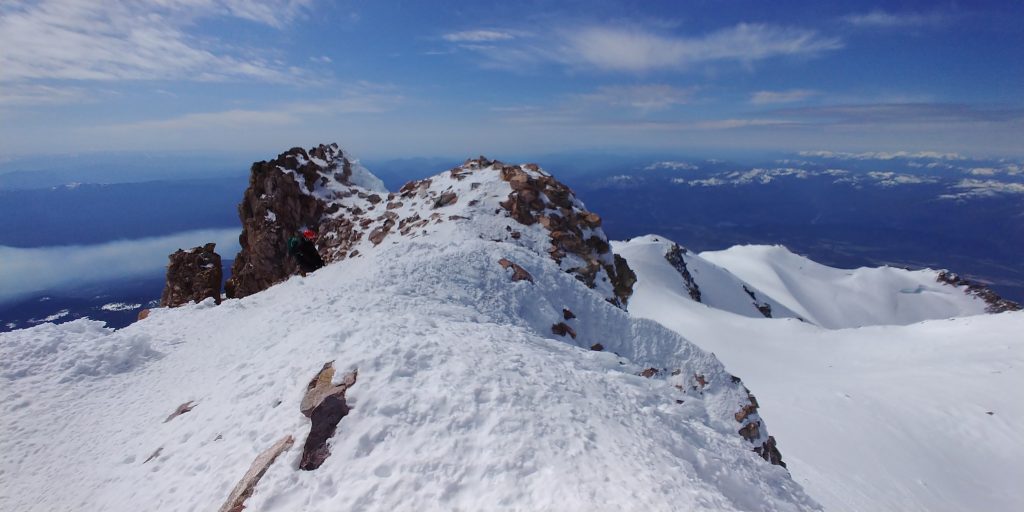
As we descended toward the car, our bodies were utterly depleted of energy, and our minds were far from clear. We were in serious pain, both physically and mentally. Yet, despite all of that, a new feeling began to emerge as we made our way down.
I could feel my spirit returning to me, the part of myself I had left behind on this mountain a year ago. Suddenly, I started to notice Shasta’s beauty in a way I hadn’t before. The evergreens, their tips poking through a thick blanket of snow, stood out against the pristine white landscape. The neighboring mountains, with patches of snowmelt painting light blue streaks against the deep blue sky, looked absolutely breathtaking.
All of what God had always offered me—the beauty, the wonder, the serenity—was now shining more brightly than ever. No longer did I see big mountains as mere tests of strength or endurance. Instead, I saw them as opportunities to reach new heights, to look out from the summit and discover something greater: a new land, a new perspective, a new beginning.
As we drove away from that beast of a mountain, I felt a sense of peace wash over me. I could finally reflect on all that I had experienced, appreciating the journey for what it was, without the weight of worry holding me back.





